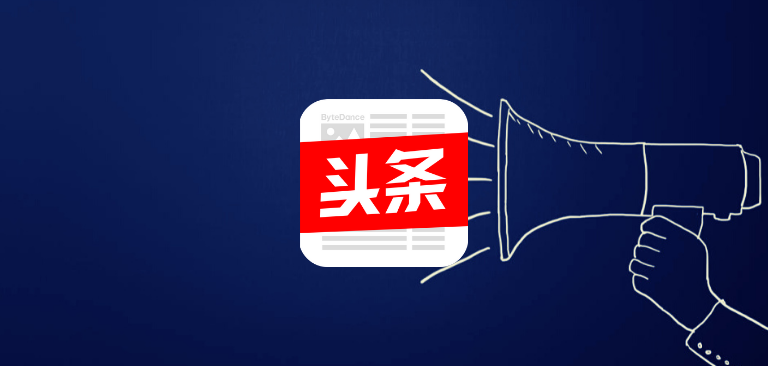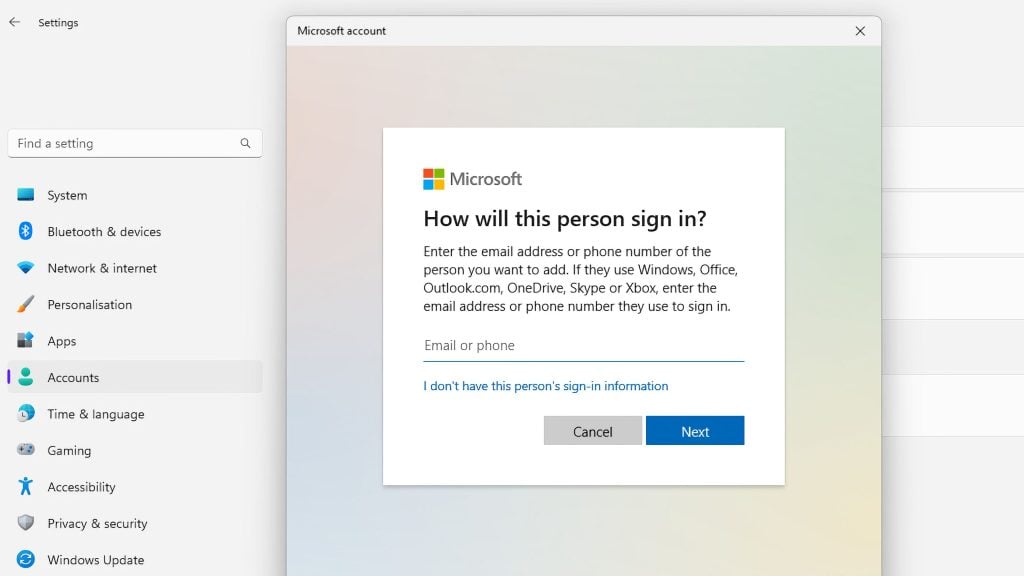ByteDance is a Chinese tech unicorn best known in the West for its TikTok viral video app, and recently, the criticism and scrutiny it has come under in the US.
TikTok is under threat of being banned in the US on suspicion that the app is mishandling user data, and for its owner’s ties with China’s authorities that would render it a risk to US national security.
As discussions continue on a possible acquisition of TikTok by a US company that would allow it to continue to be available in that market, reports are exploring the nature and extent of ByteDance’s cooperation with the Chinese government and the ruling Chinese Communist Party (CCP).
However, it’s not TikTok (Douyin in the Chinese market), that’s the company’s core product. Instead it’s an app called Toutiao, a content platform and news aggregation that mines user data to produce a personalized recommendation system.
Now reports a leaked internal document obtained by The Epoch Times reveals the CCP is disseminating government propaganda using Toutiao.
The document, originating from the local government in the city of Luohe, instructs CCP members and government officials to sign up and help spread official information that the authorities want to reach as many people as possible. In addition, Toutiao is described as “supporting the government in spreading information efficiently” as it is able to distribute it to “designated” users and those in particular regions.

As for how ByteDance’s apps manage to “designate” users as recipients of a certain type of content, Toutiao software architect Cao Huanhuan offered some insight into what the algorithm behind the recommendations system needs in order to work.
“The different social media platforms from our company use this same powerful algorithm, but make adjustments according to each platform’s business models,” Cao said in a post on Toutiao’s official website published in 2018, which suggests that TikTok uses the same or similar tech to recommend content to users.
And the algorithm depends on mining user data far and wide: looking not only into their personal information, such as age, profession, hobbies, browsing and shopping history, and the type of device they use, but also “characteristics” of others whose profile is similar to them.
Next, the algorithm looks into the posts the user is interacting with, and then into the user’s physical location.














